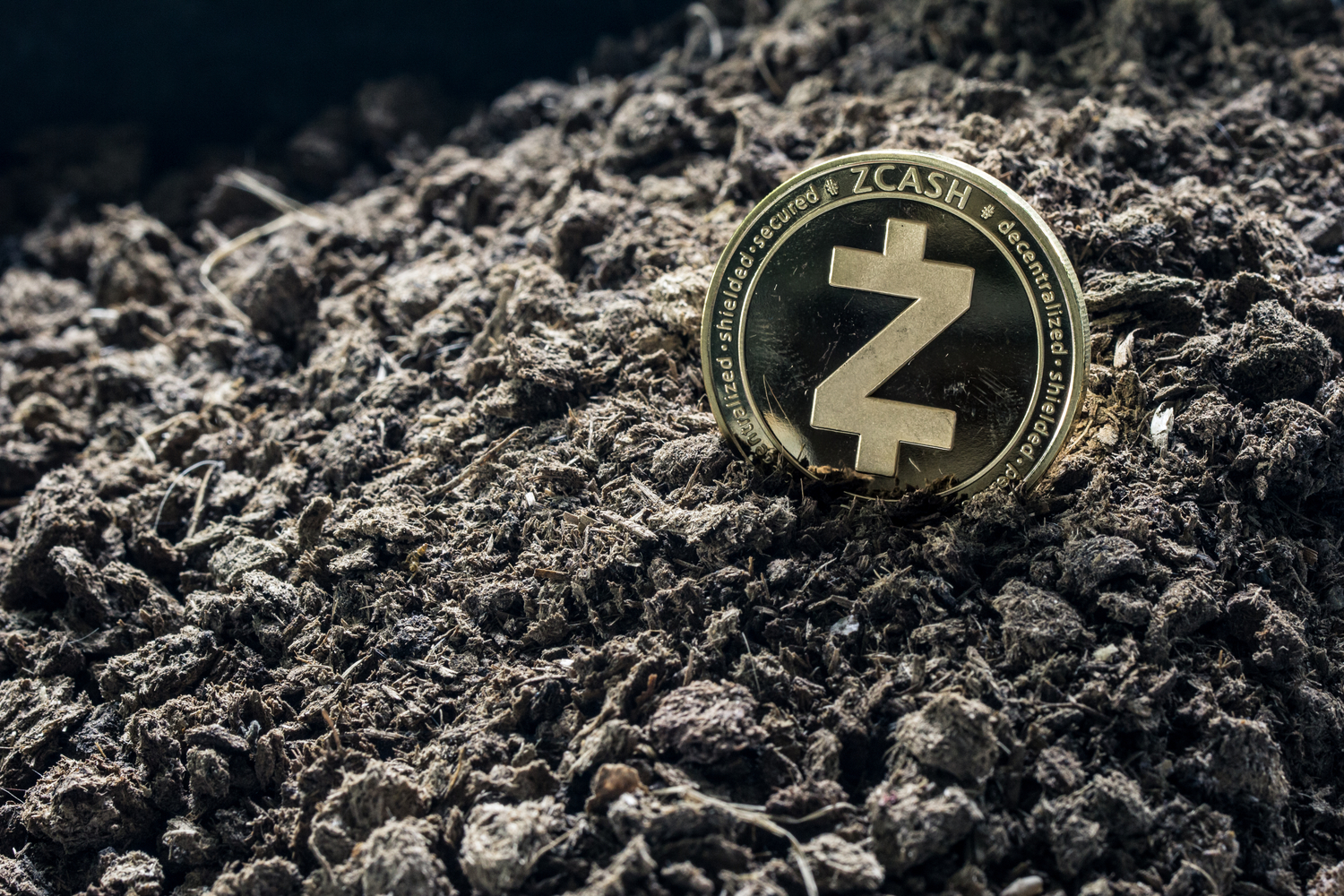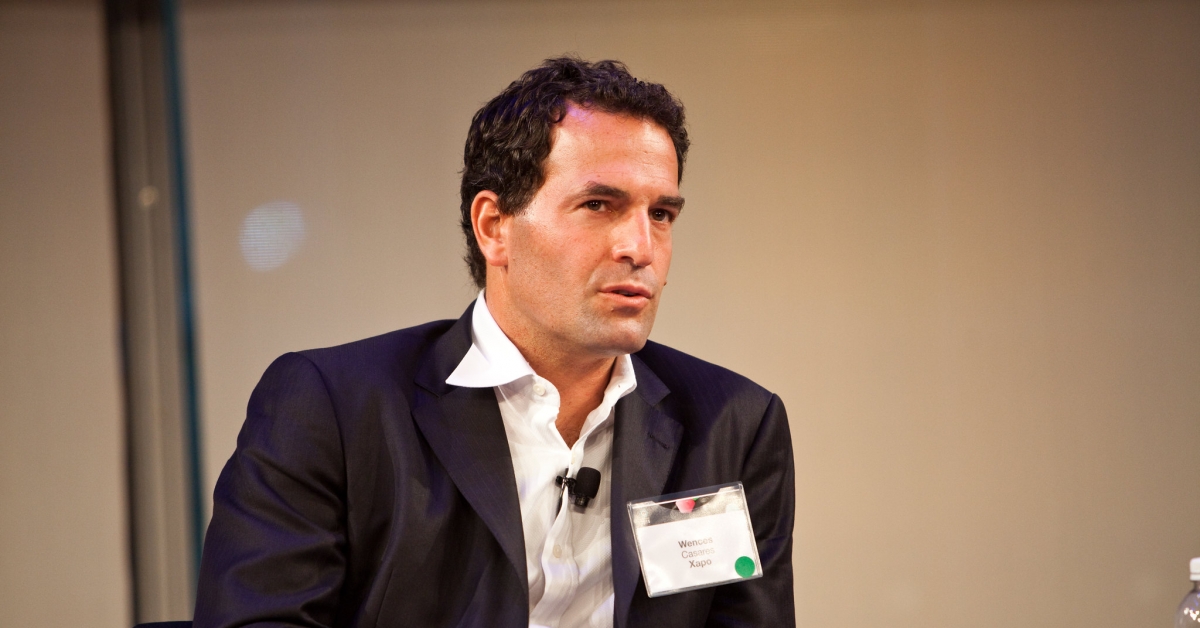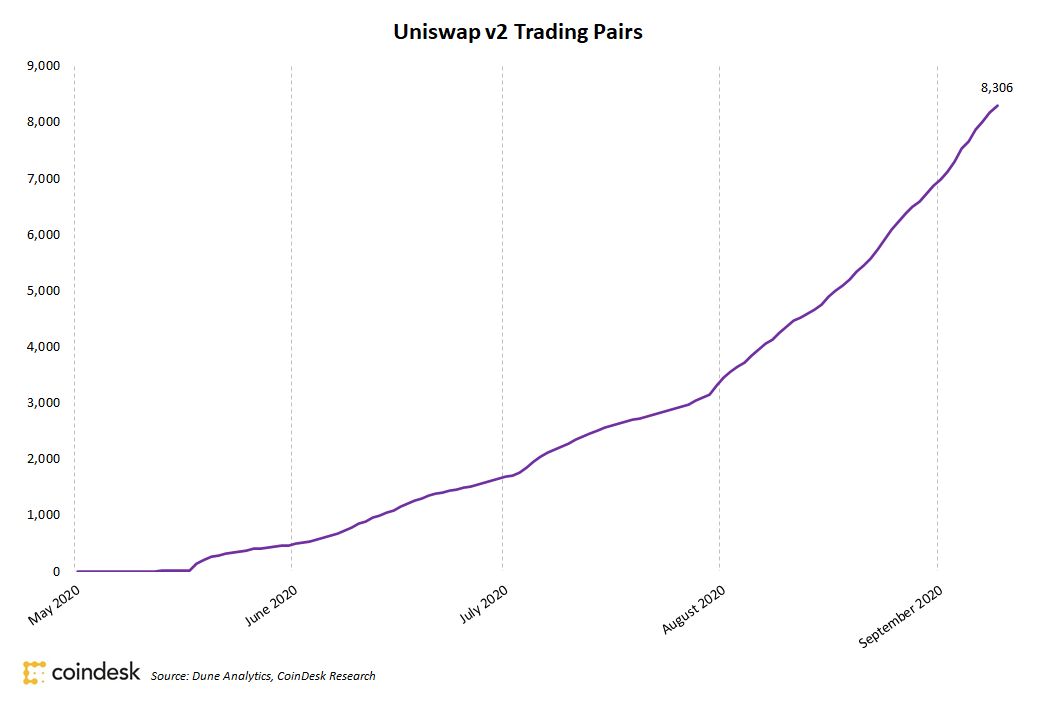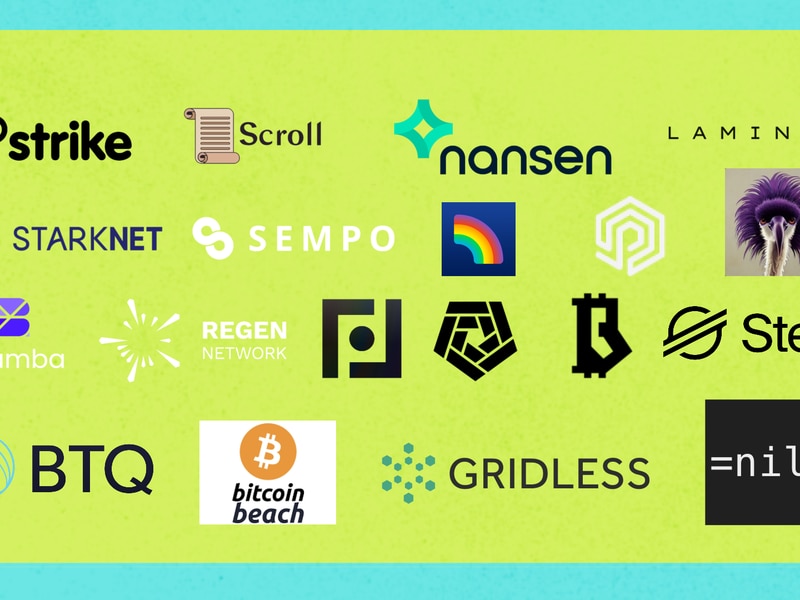Auditor EY Unveils Nightfall, An Ambitious Bid to Bring Business to Ethereum

Big Four professional services firm EY is rolling out free software designed to help corporate clients use the ethereum blockchain – and it’s taken an unusual step to encourage adoption.
Announced Tuesday, EY’s protocol, internally code-named Nightfall, has been developed over the last year by the consulting firm’s team of over 200 blockchain developers and will be published in May. The protocol was created for such use cases as supply chains, food tracing, transactions between branches of a company and public finance.
Like other enterprise blockchain platforms, Nightfall takes advantage of a technology called zero-knowledge proofs to allow private transactions on a shared ledger. But unlike most such endeavors, EY’s software is intended to run on top of the public ethereum network, not a private variant.
Further setting the project apart is the unusual approach EY is taking to intellectual property. The firm said it will not merely open-source the code – that is, release it with a permissive copyright license – but put it in the public domain, with no license at all.
“We want to maximize adoption and community involvement, we want people to adopt it, and adapt it, and improve it. If we retain ownership, people may not invest that much time and energy in something they might not control,” EY’s global innovation leader for blockchain, Paul Brody, explained at a press briefing. “The cleanest way to make everybody use it is just to give it away with no strings attached.”
Nevertheless, Brody suggested this was a difficult decision, telling reporters:
“A year of coding work. This is a million dollars worth of stuff we’re giving away.”
A fine distinction
Stepping back, “open source” and “public domain” are not synonymous.
“The terms are often used interchangeably. Legally, however, they mean different things,” said Preston Byrne, a partner at the law firm of Byrne & Storm.
Open-source, while it allows software to be used without paying royalties, means the author retains copyright and can, in theory, revoke or change the license, although “I haven’t seen this happen in crypto even once, given that the ability to inspect the code and play around with it is a key selling proposition for protocol adoption,” Byrne said.
Public domain, on the other hand, involves a waiver of copyright. This is rarer in software, Byrne said, since “it doesn’t provide a clear licensing framework for later contributions to the codebase,” creating the potential for disputes if, say, copyrighted code is added to a copyright-waived codebase.
But if a company “simply wants to give away its work, without more, there isn’t a ton of risk in releasing to the public domain,” he said.
SAP, Microsoft, Carrefour
According to Brody, EY’s solutions for Nightfall will run in the Microsoft Azure cloud environment and are integrated with enterprise software from SAP, to give clients “a comfort that this is not new and scary. This is a mature technology backed by the world’s leading technology companies.”
One of the solutions already in testing is a system for tracking software license transactions for Microsoft’s XBox video games platform, EY said. Using the solution, Microsoft can monitor its interactions with multiple game vendors and avoid litigation related to royalty payments.
Other important partners include European grocery chain Carrefour, which is using EY’s blockchain solution to trace oranges, eggs, and chickens (it’s also a participant in IBM’s Food Trust blockchain); pharmaceutical producer Merck; Italian winery Placido Volpone; and an “Italian buffalo mozzarella maker” and “a big Japanese car maker,” Brody said.
“People are very undisciplined in the supply chain industry,” he said, explaining blockchain’s appeal in this area. “The beauty of non-double spending on the blockchain is that if a vaccine from a distribution center goes to a farm, it has to come out of a distribution center.”
Tokenize this
One of the most important principles EY is advocating with Nightfall is that an enterprise blockchain should deal not with hashes of digitized PDF documents, but with tokens bound to physical goods.
In pursuing this, EY took advantage of the ERC-721 standard for non-fungible tokens (NFTs) on ethereum, the most famous example of which is the collectibles known as CryptoKitties. (EY’s advisers included William Entriken, the main author of the standard, and the cryptography scholar Mary Maller, one of the leading researchers of zero-knowledge proofs.)
“We have made a big investment in the token technology,” Brody said. “We built a special kind of token, which is ERC 721-compatible, to separate a physical asset from the legal ownership of that asset.” For example, while a car is on a ship on its way to a buyer, the shipping company doesn’t own that car.
Further down that road, Brody said, it will be possible to distinguish and tokenize different components of traded goods. “We can envision a future where a power company owns a battery in your car and you can use it whenever you plug it in.”
Into the great wide open
For more than a year, Brody has been evangelizing the benefits of public blockchains for enterprises, which made EY stand out among an enterprise crowd more favorably disposed to private or permissioned ledgers.
“Imagine every car maker and any shipment company runs their own private blockchain. A bunch of silos doesn’t scale too well,” Brody said. “While private blockchains are useful, they don’t solve the problem of a massive, scalable transformation.”
Just as enterprises grew comfortable using public cloud storage, they will also come to embrace public blockchains, Brody believes. And the blockchain they choose, in EY’s vision, will most likely be ethereum.
The reason is the vast majority of the money raised in the space has been for companies that built on ethereum, and the vast majority of blockchain developers code on Solidity, the smart contract language written for ethereum.
“That’s a kind of developer momentum that makes me believe that, imperfect or not, unless they really screw up, ethereum is the choice,” Brody said.
Marc Hochstein contributed reporting.
Image of Paul Brody by Marc Hochstein for CoinDesk









